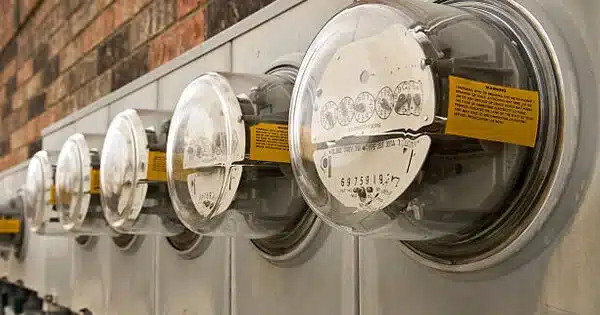Utility sub-metering is a system that allows a landlord, property management firm, condominium association, homeowners association, or other multi-tenant property to bill tenants for individual measured utility usage. The approach makes use of individual water meters, gas meters, or electricity meters. It involves installing separate meters to measure the consumption of electricity, water, gas, or other utilities for individual units or tenants within a multi-unit property.
Purpose
The primary purpose of utility sub-metering is to allocate utility costs more accurately among tenants or individual users based on their actual consumption. This is especially useful in situations where there is a shared utility service for multiple units or when different tenants have varying levels of consumption. By installing sub-meters, property owners or managers can track the usage of each unit separately and bill tenants accordingly.
Sub-metering may also refer to the monitoring of the electrical consumption of individual equipment within a building, such as HVAC, indoor and outdoor lighting, refrigeration, kitchen equipment and more. In addition to the “main load” meter used by utilities to determine overall building consumption, submetering utilizes individual “submeters” that allow building and facility managers to have visibility into the energy use and performance of their equipment, creating opportunities for energy and capital expenditure savings.
Utility sub-metering offers several advantages:
- Fairness and transparency: Sub-metering ensures that tenants are billed based on their individual consumption, promoting fairness and transparency in the billing process. It avoids situations where some tenants subsidize the utility costs of others.
- Conservation and awareness: When tenants are responsible for their utility usage and costs, they tend to be more conscious of their consumption habits. Sub-metering encourages energy and water conservation, leading to reduced wastage and overall sustainability.
- Incentivizing efficiency: With sub-metering, tenants have a direct financial incentive to reduce their utility consumption. This can drive them to adopt energy-efficient practices, invest in energy-saving appliances, or make improvements to their units to reduce consumption and lower their bills.
- Cost recovery: For property owners or managers, utility sub-metering allows for more accurate cost recovery. Instead of including an estimated utility cost in the rent, sub-metering enables the direct pass-through of utility expenses to tenants, ensuring that the property’s operational costs are covered.
- Billing accuracy: Sub-metering provides precise measurement and monitoring of utility consumption, eliminating the need for estimations or averaging. It reduces disputes and improves accuracy in billing, as each tenant is billed based on their actual usage.
It’s important to note that the implementation of utility sub-metering may be subject to local regulations and policies. Property owners or managers should ensure compliance with relevant laws and obtain the necessary approvals before installing sub-meters. Additionally, the installation and maintenance of sub-metering systems require expertise and may involve upfront costs, but the potential benefits and long-term savings can outweigh these considerations.
















